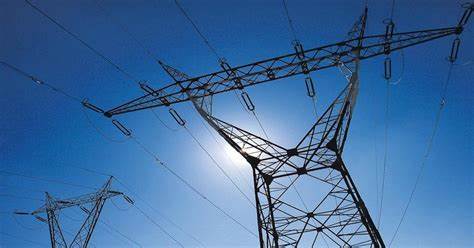DYNAMIC LINE RATING - OPTIGRID PROJECT MAIN OUTCOMES PRESENTED IN WORKSHOP

R&D NESTER and LNEG organized a Workshop for the presentation of the project OptiGRID outcomes.
Being a hybrid workshop, it was possible to count with several dozen participants, mostly with remote access, covering several geographies in Europe, including participants from America, Asia and Australia.
The goal of OptiGRID project was the development of a methodology and an operational tool for the Dynamic Line Rating (DLR) analysis of potentially congested electrical networks to allow an optimal integration of renewable power in a cost-efficient way.
In the scope of this OptiGRID project, LNEG and R&D NESTER developed tools and case studies to demonstrate the benefits of using Dynamic Line Rating (DLR) techniques namely in terms of:
- increasing the levels of renewable penetration (avoided curtailment) in the Portuguese power system, and
- reducing the number of market splitting hours in the Iberian Electricity Market (MIBEL) and consequent impact on electricity market prices.
Different case studies bearing in mind current and future scenarios of high renewable power penetration levels in the Portuguese power system, as well as different constraints occurring in the operation of MIBEL which may cause the activation of market splitting mechanism were developed in the project.
In this workshop, the main outcomes of the project and a demonstration of the tool developed were presented.


Within this project an operational tool that allows to assessing the transmission capacity of electric lines (OptiRES.line) was developed. OptiRES.line models the behaviour of lines, in particular near or at congestion, by computing the dynamic line rating ampacities feeding an optimal power flow.
The operation of the tool was demonstrated during this Workshop, by applying it for three case studies, in Portugal. Two of these involve regional grids presenting high production levels of, respectively, wind and solar energy and the third involves the Portuguese international lines allowing to assess the degree of reduction in the conditions leading to market splitting, in MIBEL.
This project counts on the partnership between R&D Nester and LNEG, with a duration of 48 months, starting in 2018 and ending in 2022.
R&D Nesters' main contribution for this project englobes an analysis to real power systems, analysis to the interchange capacity (import and export) available between markets and its bids on the intra-day and day-ahead markets, analysis to case studies with different scenarios (region with wind distributed generation, region with solar distributed generation, market splitting scenario) and analysis to the improvements obtained with the use of the developed tool in this project.

The project is financed by the P2020 program.
Disclaimer and financing programme/entity: Project
PTDC/EEI-EEE/31711/2017 submitted under the call for tenders (AAC) No. 02 /
SAICT / 2017, funded by national funds through the budget of the Foundation for
Science and Technology (FCT).
More information:

